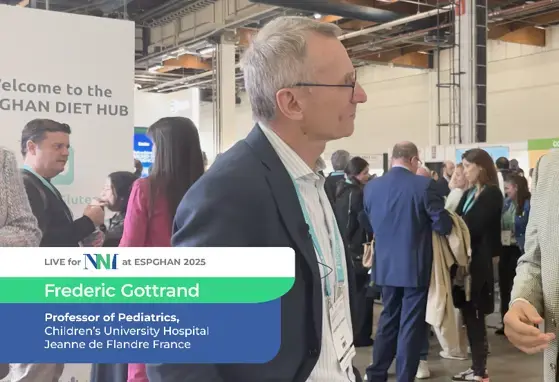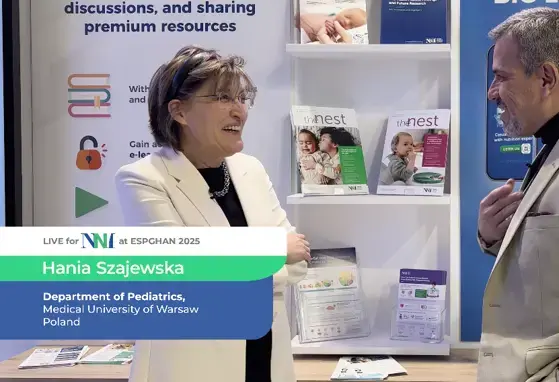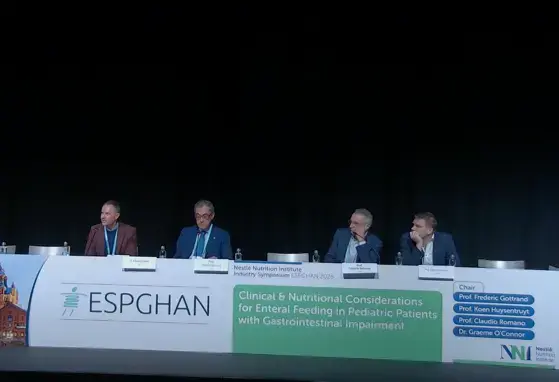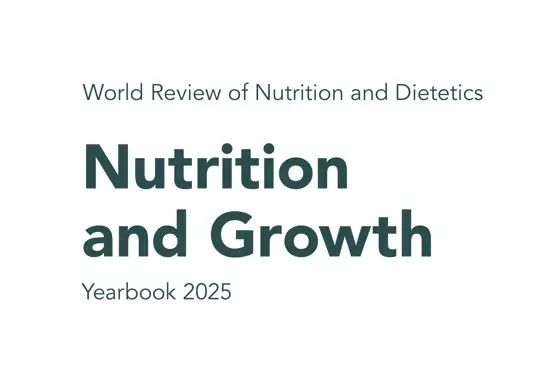Tanzania education crucial to lowering HIV prevalence
3 min read
/
Nutrition & Disease Management
HIV prevalence among Tanzanians who attended secondary school fell sharply between 2004 and 2008, while remaining stable among the country's least educated people, a new study has revealed.
"National HIV prevalence has fallen recently in Tanzania. However, the improvements have not been spread evenly throughout the population," James Hargreaves, senior lecturer in epidemiology at the London School of Hygiene and Tropical Medicine and lead author of the study, told IRIN/PlusNews.
"Our study showed differing HIV prevalence trends among three groups of people; there was a significant fall in HIV prevalence among Tanzanians who had attended secondary school, and we also saw a drop among those who attended primary school.
"However, among those with no formal education, HIV prevalence remained stable," he added. "What this suggests is that between 2004 and 2008 new HIV infections may have been occurring fastest among a vulnerable group in Tanzania - those who have had the least access to school education. We need to ensure that our continued response to HIV recognises these different trends."
The study, published in the journal AIDS, used data from two national demographic and health surveys, one for the period 2003-2004, and a second for 2007-2008.
While the study did not address the causes of the drop, a previous study on the link between education and HIV risk in sub-Saharan African countries reported similar findings and speculated that as the public health response to HIV grew in sub-Saharan Africa, so the most educated, empowered members of society would be the first to adopt protective behaviours.
According to Hargreaves, the findings of these studies point to a significant shift in the trend of HIV incidence in the region. Earlier in the epidemic, wealthier, more educated and more mobile Africans were at greater risk of HIV than those in lower socio-economic groups but this appears to be changing.
Re-thinking prevention
"The new dynamics of the epidemic should lead to a re-think of prevention activities. We need to be conscious that our programmes may be most successfully reducing sexual risk behaviours among higher socio-economic groups," he said.
"Programmes that engage more directly with livelihoods or that address poverty and gender inequality are also important.
"Increasing educational access for women, for example, would be one way of ensuring that lower socio-economic groups gain access to HIV prevention information and are empowered to make the changes necessary in their lives to avoid HIV infection," he added.
Reproduced from PLUS NEWS, Wednesday, March 24, 2010
If you liked this post you may also like

Practical Approaches to Enteral Feeding for Children with Gastrointestinal Impairment
Practical Approaches to Enteral Feeding for Children with Gastrointestinal Impairment

Increasing the Presence of Artificial Intelligence (AI) in Medicine
Increasing the Presence of Artificial Intelligence (AI) in Medicine

Clinical & Nutritional Considerations for Enteral Feeding in Pediatric Patients with Gastrointestinal Impairment
Clinical & Nutritional Considerations for Enteral Feeding in Pediatric Patients with Gastrointestinal Impairment
